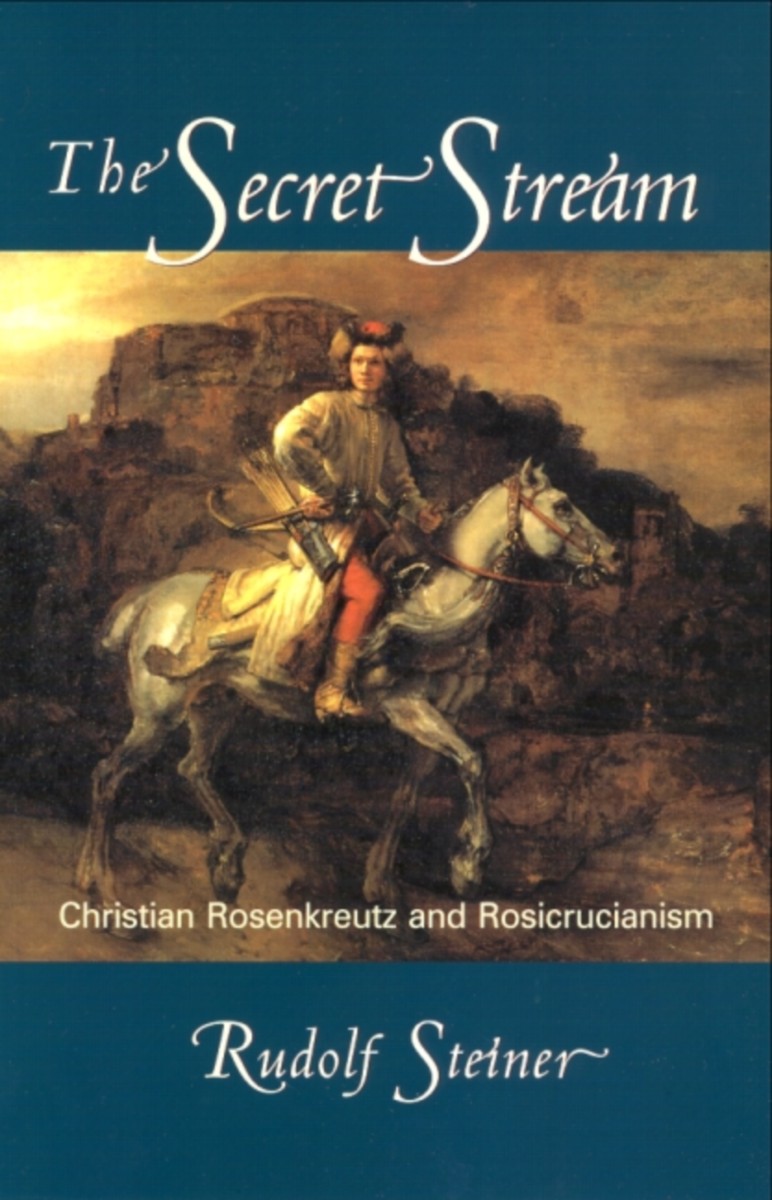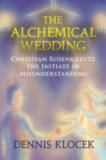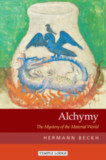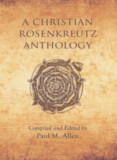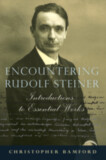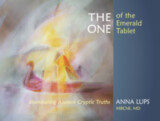The Secret Stream
Christian Rosenkreutz and Rosicrucianism
Afterword by Christopher Bamford
Introduction by Christopher Bamford
Edited by Christopher Bamford
- Publisher
SteinerBooks - Published
1st December 2000 - ISBN 9780880104753
- Language English
- Pages 256 pp.
Selected lectures
During the early seventeenth century, Europe was suddenly embroiled in controversy after the publication of the first Rosicrucian texts. Ever since, Rosicrucianism has been at the center of Western Christian esotericism. Forced underground by the Thirty Years War, it was secretly handed down by alchemists, hermeticists, and Masons to the nineteenth century, when it inspired new spiritual movements such as Theosophy, the Order of Golden Dawn, and Rudolf Steiner's Spiritual Science.
The Secret Stream collects all of Steiner's discussions of the Rosicrucians, answering questions such as Who are the Rosicrucians? What is Alchemy? What is the Rosicrucian path? What is the difference between Rosicrucianism and mysticism? And what does it mean for today? The topics include the Tao and the Rose Cross; the history and mission of Christian Rosenkreutz; the nature of Rosicrucian practice and experience; the meaning of "The Chymical Wedding," and Goethe's Rosicrucian poem, “The Mysteries.”
Rosicrucian meditation is also discussed, including how to meditate the Rose Cross itself. This important collection goes to the spiritual heart of Anthroposophy, whose essence is the Rosicrucian path. Edited and introduced by Christopher Bamford, The Secret Stream brings to light the hidden fraternity that has lived and worked since the fourtheenth century. It reveals the Rosicrucian path that is Christian, alchemical, and profoundly modern.
C O N T E N T S:
Introduction: “Who Added the Roses to the Cross” by Christopher Bamford
I. Rosicrucianism
1. Tao and Rose Cross
2. Who Are the Rosicrucians?
3. Rosicrucian Practice
4. Stages of Rosicrucian Initiation
5. Goethe’s Rosicrucian Poem “The Mysteries”
6. Rosicrucian Symbols
II. The Mission of Christian Rosenkreutz
7. Who Was Christian Rosenkreutz
8. The Teaching of Christian Rosenkreutz
9. Christian Rosenkreutz and Gautama Buddha
III. The Rosicrucian Path of Alchemy
10. On “The Chemical Wedding of Christian Rosenkreutz”
IV. Rosicrucianism and Modern Initiation
11. The Live of the Spirit in the Middle Ages
12. Hidden Centers of the Mysteries in the Middle Ages
13. The Time of Transition
14. The Relationship between Humankind and the Sun
V. Rosicrucian Meditation
15. Meditating the Rose Cross
16. Meditation with the Rose Cross
Afterword: “Rudolf Steiner and Rosicrucianism” by Christopher Bamford
Rudolf Steiner
Rudolf Steiner (b. Rudolf Joseph Lorenz Steiner, 1861–1925) was born in the small village of Kraljevec, Austro-Hungarian Empire (now in Croatia), where he grew up. As a young man, he lived in Weimar and Berlin, where he became a well-published scientific, literary, and philosophical scholar, known especially for his work with Goethe’s scientific writings. At the beginning of the twentieth century, he began to develop his early philosophical principles into an approach to systematic research into psychological and spiritual phenomena. Formally beginning his spiritual teaching career under the auspices of the Theosophical Society, Steiner came to use the term Anthroposophy (and spiritual science) for his philosophy, spiritual research, and findings. The influence of Steiner’s multifaceted genius has led to innovative and holistic approaches in medicine, various therapies, philosophy, religious renewal, Waldorf education, education for special needs, threefold economics, biodynamic agriculture, Goethean science, architecture, and the arts of drama, speech, and eurythmy. In 1924, Rudolf Steiner founded the General Anthroposophical Society, which today has branches throughout the world. He died in Dornach, Switzerland.


